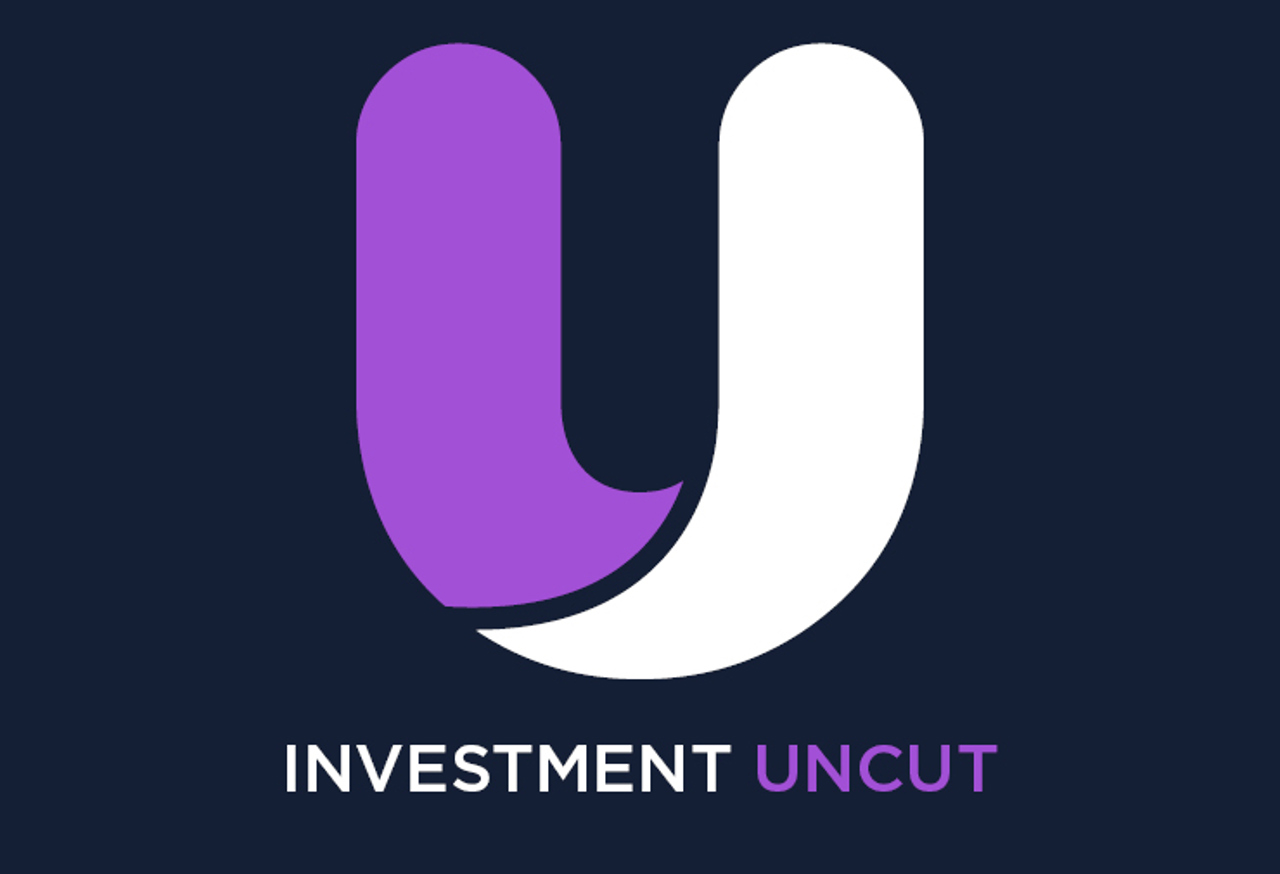Gilt trip: a deep dive into the shifting dynamics of the gilt market
This content is AI generated, click here to find out more about Transpose™.
For terms of use click here.

Forecasting market trends is notoriously difficult, a thankless task even! But it’s also a great way to test your strategic thinking. Are you comfortable your investment strategy is robust under a stressed scenario?
We wrote a Vista article back in Autumn 2023 where we considered the UK gilt market, and made some predictions. Two years on, we’re back for more providing an update on those predictions, and making a few more for good measure.
Key themes last time included the high concentration of the UK gilt market in the hands of UK DB pension schemes, and the effect that continued pension scheme buy-ins, which often result in sales of gilts, could have on the market.
This dynamic has now caught the attention of the Office for Budget Responsibility (OBR). Their recent statements suggest they too are coming round to the view that the reduced demand for gilts from UK DB pension schemes may be an issue policymakers need to bear in mind going forward. In recent weeks, market participants have also made their views clear, with long-dated yields climbing to multi-decade highs – likely driven by a combination of weaker demand at these maturities and broader, potentially unsustainable, fiscal pressures.
How did we do on our previous predictions? What do we think moving forward?
What does this mean for you?
Gilt yields are higher than they’ve been for some time, but the market is also more vulnerable to shocks. Depending on your viewpoint as an investor this can raise a range of questions.
All investors should consider:
- Despite the volatility, is now a good time to invest in gilts, with attractive yields and low credit spreads? You might want to consider selective purchases in response to spikes in yields, if your governance framework means this is possible.
- Are government bonds an attractive investment generally, given the higher yields seen across the world (albeit many governments have similar fiscal issues to the UK)?
- Should you think about reallocating some of your gilts to other cash flow generative assets?
Specifically, if you're a UK DB pension scheme:
- Have a discussion with your investment consultant or LDI manager to get their thoughts on implications for your LDI portfolio.
- Have you got sufficient collateral assets to weather potential volatility and collateral calls in your LDI portfolio?
- Given the likely extra volatility giving your LDI manager more flexibility to take “off-benchmark” positions to add value may be appropriate
- Is the current target liability hedge ratio appropriate given the current funding position of the Scheme and current volatility?
- Could you make changes to the way liabilities are valued (for example, considering “asset-led” discounting) which might reduce reliance on gilts?
For a deeper dive, here is a detailed take on each of the five predictions:
UK pension schemes have less demand for gilts
Demand for gilts from UK DB pension schemes is falling. Most corporate DB pension schemes are no longer accruing new benefits and the rise in interest rates has improved funding positions for many, often prompting de-risking. In short, many schemes already hold as many gilts as they’re likely to need, so fresh demand is limited.
Many schemes are also racing towards their endgame, securing benefits via insurance buy-ins or buy-outs (annuities). Insurers typically hold less gilts in annuity portfolios than pension schemes, because of different regulations - leading to sales of gilts when assets are transferred from scheme to insurer.
Quantitative Tightening (QT) continues to increase market supply (for now)
Some other central banks (eg Bank of Canada) are winding down their QT plans. The Bank of England has opted to maintain its plan to shrink its balance sheet gilt holdings by around £100bn pa - there is a review in September 2025 that may change this.
At the moment, there is a substantial quantity of gilts naturally maturing on the Bank’s balance sheet, meaning that fewer active sales are required to meet the Bank’s £100bn target. However, from 2026 this dynamic will change with fewer gilts maturing each year. The Bank will need to ramp up its selling, meaning a larger proportion of active sales, assuming the Bank sticks to its current plan.
The Bank of England has maintained that QT operates in the background and that there should be a high bar to making changes to the plan in the interests of ensuring the programme is predictable. Some market participants are already calling for a reduction in selling plans however, anticipating disruption.
The Bank may be forced into action if liquidity dries up, or worse if there is another crisis as seen following the 2022 “mini budget” (though this seems unlikely given changes to pension scheme investments).
More business growth and shifting asset allocations for insurers
Pension schemes are increasingly opting to secure benefits with insurers, having seen funding positions improve. This has driven a material expansion in insurer balance sheets.
As a result, insurers have become more prominent participants in long-duration gilts - but the way they invest is different from pension funds.
Insurer investments are heavily regulated under Solvency II. Broadly assets with contractual cash flows (like bonds) are favoured and there are penalties for holding assets with higher levels of risk. Insurers have historically favoured high-quality credit over gilts, with higher yields more than offsetting additional risk.
But with credit spreads compared to gilts now compressed, wider spreads of gilts over swaps and with innovative approaches to investing in gilts (which can improve their attractiveness) becoming more common, holding high-quality credit is less compelling. As a result, insurers have, at least to some extent, scaled back corporate bond allocations and bought more gilts.
This has made insurers key gilt buyers of late. However, there’s a risk this is a temporary respite – and insurers switch back into credit assets, rather than gilts, if credit spreads widen.
For more on how insurers are adapting their broader investment strategies, see our blog.
Sterling credit spreads have compressed over the past couple of years
Higher nominal (and real) yields have made gilts viable investments again
Yields on gilts are the most attractive they’ve been since the Global Financial Crisis.
10 year gilt yield
These higher yields have tempted many other types of investors to consider allocating to gilts. These investors include:
- domestic banks
- overseas sovereign institutions
- hedge funds
- retail investors
The first two have always been significant players in the market– but have upped their holdings over recent periods as a result of more attractive yields, or relative attractiveness to interest rate swaps. These investors may increase allocations to gilts for regulatory capital requirements, when they are attractive compared to other sovereigns or use the gilts for downside protection.
However, compared to the other investors, the growth in hedge fund and retail buying in the market is more novel. These investors aren’t incentivised to hold gilts for risk management purposes in the way UK DB pension schemes are – meaning their demand is driven more by the yield available and the UK government’s fiscal credibility.
Given the rise in government bond yields in recent years, coupled with steep prices for alternative investments, other investors have been willing to buy. However, these investors could withdraw from the market if other assets become relatively more attractive. The current environment of tight credit spreads and elevated equity valuations may be providing only temporary support to the gilt market.

Has volatility in gilt markets risen?
The end of QE and falling demand from UK pension schemes means a larger proportion of gilt buyers now have higher price sensitivity than before.
By looking at rolling 1 year volatility in 10 year government bond yields, volatility has risen in most markets in recent years, with clear spikes associated with September 2022 UK mini budget. Volatility may have risen more in the UK than elsewhere however – supporting a view that the gilt market is vulnerable to shocks.
With price sensitive buyers and a volatile economic backdrop against which the credibility of the UK fiscal framework seems under constant threat, it’s no surprise there’s been more volatility. Some traders we’ve spoken to indicated that they felt the market was returning to a similar place to the 1990s – prior to QE and to pension funds holding such large allocations to gilts.
However, with volatility, there’s usually money to be made. Knowing this, hedge funds who specialise in extracting value from short-term trading positions have been attracted to the market.
But at auctions the DMO gives different allocations to different types of investors, prioritising long-term holders / real money investors, and giving speculative investors (such as hedge funds) a much smaller piece of the action.
This means hedge funds often get a relatively small slice at auctions. This can lead hedge funds to put forward bids for very large amounts of gilts, in order to maximise the allocation they get, knowing they are likely to only receive a fraction. The funds then often trade out of the bonds for a quick gain. This trading-centric approach adds some liquidity but not much long-term support for government financing.
So there is less relationship than you might think between gilt auction stats, and the true balance of supply and demand for gilts.
Haven’t recent headlines suggested that the gilt market has been “oversubscribed”?


The suggestion that massive demand for gilts is far outstripping supply is at odds with the rise in gilt yields and higher levels of volatility. Even if looked at globally, gilts have not materially underperformed their peers.
These suggest a finer balance of supply and demand, auction bidding isn’t really a good measure of the true balance of supply and demand for UK gilts.
In short yes, since 2021 there has been a continuing downward trend in time to maturity of both nominal and index linked gilts issued, and a fall in the proportion of index-linked gilts.
Both reflect the DMO’s understanding that pension scheme demand is waning – they’re refocusing issuance where the buyers are.
Source: DMO, including outright, conversion, switches, syndications (ie an issue of a new gilt)
Has the government reined in costs?
The need to find cost savings has been a recurring theme in statements from the current government – though political pressure is making this difficult.
One of the key drivers eroding the Chancellor’s fiscal headroom and forcing spending cuts has been a rise in the projected cost of servicing UK government debt, which is growing as a proportion of GDP.
This highlights the importance of the gilt market from the UK government perspective. If it can take steps to shore up demand for gilts and keep debt costs low, there could be real tangible benefits for the nation’s balance sheet and create room that the government has to spend.
Has the government incentivised people to buy gilts?
Not directly – but the retail market is ramping up. Advertising more fiscal responsibility might have helped encourage some recent inflows. Some small steps have been taken to make gilt purchases more available to retail buyers – making the primary market (ie DMO auctions) accessible to investment platforms.
Capital gains on gilts are tax exempt, giving an additional kicker on returns to taxable investors for maturing gilts which are priced below par. Gilt coupon income is taxable.
Many gilts now in circulation were issued back when interest rates and gilt yields were at record lows. When the DMO issues new gilts, it tends to set a coupon that largely results in a starting price close to par (ie the price is close to 100) – which means the coupons usually closely reflect market interest rates.
This means there are a large number of gilts with low coupons, so are currently priced well below par. Therefore, most of the return for investors who hold to maturity will be capital gains not coupon income – so a smaller tax burden on what we’d otherwise expect to be a similar yield. For retail investors these gilts are in hot demand.
We’re now seeing the effect of this in the market – as savvy retail investors have caused unusual distortions in pricing between gilts with different coupons but similar maturities.
How could the government encourage pension schemes to help shore up the gilt market?
The UK government, along with the UK Pensions Regulator, has taken a series of steps designed to make it easier and potentially more rewarding (for members and sponsors) for pension schemes to “run on”, rather than passing liabilities to an insurer.
In particular, as part of the recent Pension Schemes Bill, there is increased flexibility for DB schemes to release surplus. The government is keen for UK pension schemes to invest more in long-term growth investments, to help invest in productive parts of the UK economy, such as green and renewable energy.
This would also be supportive of the gilt market because:
- there will be fewer insurance buy in transactions, which we believe prompt sales of gilts by insurers
- pension schemes running on would still need to hedge interest rate and inflation risks, meaning they’re likely to hold onto gilts for the long term.
For a better understanding of how gilt dynamics could impact you
Contact WillYour questions answered
-
UK defined benefit pension schemes, historically major gilt buyers, have reduced need to purchase gilts due to improved funding levels and increased insurance buy-ins. Other buyers—like insurers, banks, and overseas investors—are stepping in, but their demand is often more price-sensitive.
-
Volatility has increased as price-insensitive buyers like pension funds and the Bank of England reduce holdings. With more price-sensitive investors, the gilt market is now more vulnerable to economic shocks and fiscal uncertainty.
-
The Debt Management Office is issuing shorter-dated and fewer index-linked gilts to match shifting investor demand. Tax advantages and increasing ease of access eg via retail investment platforms have also boosted interest from individual investors.
Investment Uncut
LCP's podcast about investing
Our hosts are joined by guests each week as they get beyond the jargon to try and bring sense to the world of investing and bring clarity to your investment decisions.




